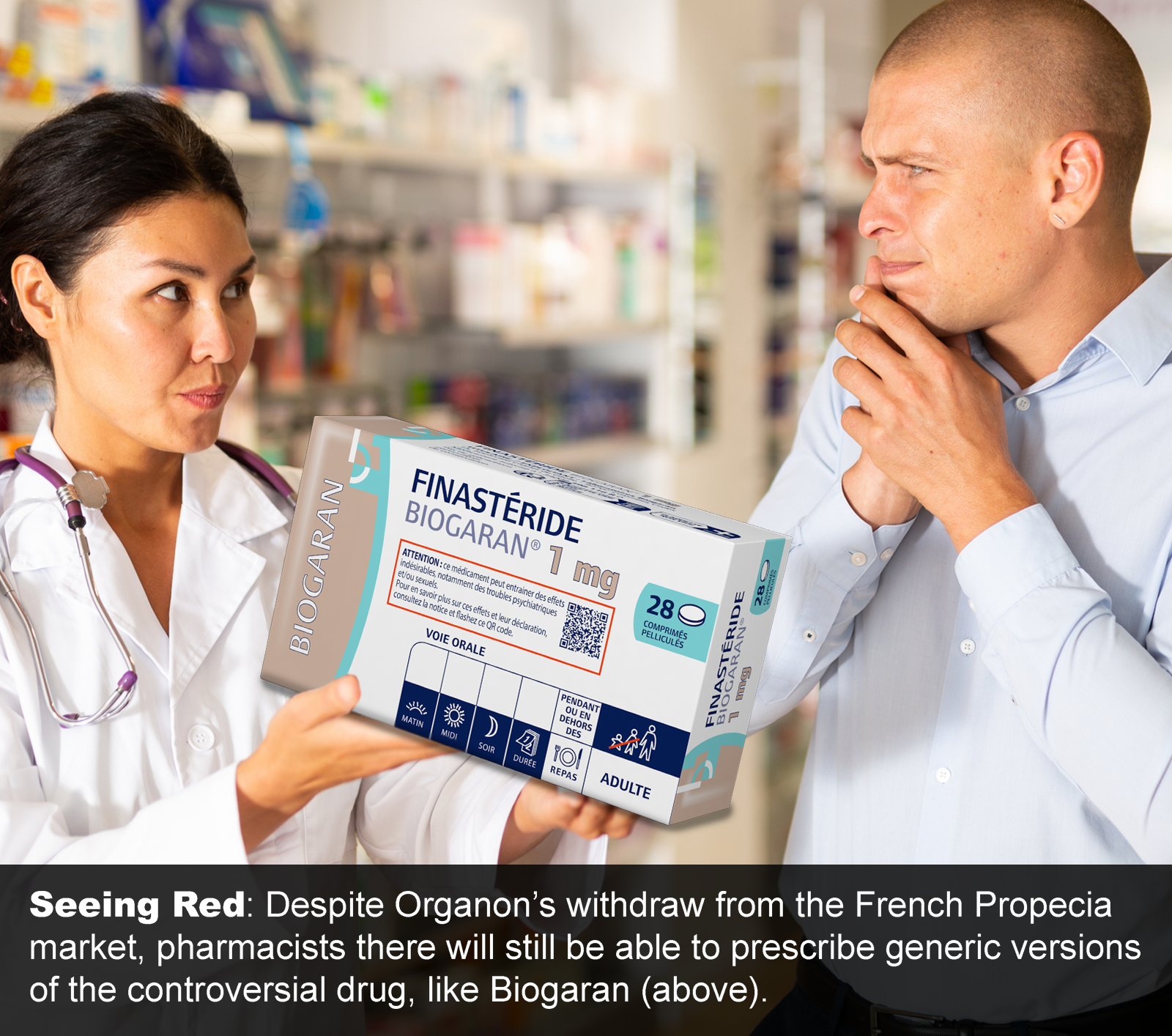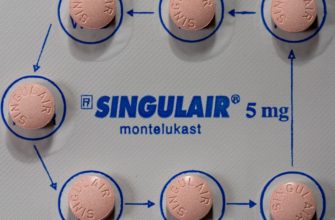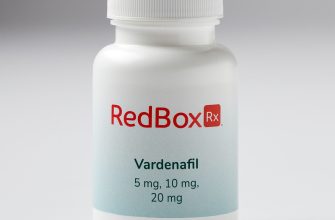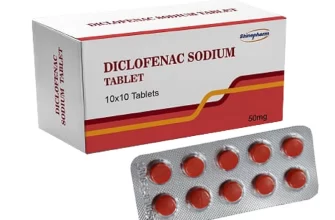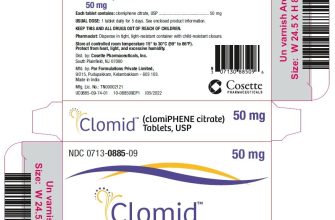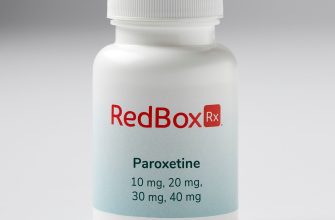Consider incorporating Merck’s generic version of finasteride into your daily routine if you’re seeking an effective solution for hair loss or benign prostatic hyperplasia. This medication works by inhibiting the conversion of testosterone to dihydrotestosterone (DHT), which plays a significant role in both conditions. By reducing DHT levels, finasteride aids in the regrowth of hair and alleviates urinary symptoms associated with an enlarged prostate.
Patients typically experience noticeable improvements within a few months of consistent usage. If you haven’t seen results after six months, consult your healthcare provider to discuss your progress. It’s essential to have realistic expectations, as full benefits may take up to a year. Always follow your doctor’s recommendations regarding dosage to maximize results while minimizing potential side effects.
Be aware of the common side effects associated with finasteride, including decreased libido and erectile dysfunction. While these side effects are not experienced by everyone, it’s important to monitor any changes and report them to your physician. Balancing the benefits of hair growth or urinary relief against possible side effects can help you make an informed decision.
As you consider using Merck’s finasteride, remember that a variety of factors can influence your results, including genetics and lifestyle. Maintaining a healthy diet and regular exercise can further enhance your treatment outcomes. Make the informed choice that aligns with your health goals and enjoy the path to improved well-being.
- Merck Generics Finasteride: An In-Depth Overview
- Dosage and Administration
- Benefits and Considerations
- Understanding Finasteride: Mechanism of Action
- Impact on Hair Growth
- Effects on Other Conditions
- Merck’s Role in the Production of Generic Finasteride
- Manufacturing Standards
- Market Impact
- Clinical Applications of Merck Generics Finasteride
- 1. Benign Prostatic Hyperplasia (BPH)
- 2. Androgenetic Alopecia
- 3. Combination Therapy
- Comparative Effectiveness: Merck Generics vs. Brand-Name Finasteride
- Active Ingredient and Absorption
- Cost and Accessibility
- Regulatory Considerations and Market Availability of Merck Generics Finasteride
- Approval Process
- Market Availability
Merck Generics Finasteride: An In-Depth Overview
Merck offers finasteride generics, a solution for managing conditions like benign prostatic hyperplasia and male pattern baldness. This medication operates by inhibiting the enzyme that converts testosterone to dihydrotestosterone (DHT), effectively reducing DHT levels and mitigating associated symptoms.
Dosage and Administration
For benign prostatic hyperplasia, the typical dosage is 5 mg once daily. For hair loss, a 1 mg dose is commonly prescribed. Adherence to these dosages is crucial for optimal results. Finasteride can be taken with or without food, but consistency in timing enhances the drug’s effectiveness.
Benefits and Considerations
Patients often experience noticeable improvements in urinary flow and hair regrowth within a few months. Side effects may include decreased libido and erectile dysfunction, which should be discussed with a healthcare provider. Regular check-ups ensure monitoring of potential side effects and treatment progress. Always consult a healthcare professional before starting or adjusting the medication.
Understanding Finasteride: Mechanism of Action
Finasteride targets the enzyme 5-alpha reductase, which converts testosterone into dihydrotestosterone (DHT). By inhibiting this enzyme, finasteride significantly lowers DHT levels in the scalp and serum. This reduction directly impacts hair follicles, particularly in individuals with androgenetic alopecia, where sensitivity to DHT leads to hair thinning and loss.
Impact on Hair Growth
With lower levels of DHT, hair follicles experience less miniaturization. This process allows existing hairs to grow thicker and reduces further loss. Clinical studies show a noticeable improvement in hair count and overall scalp coverage after sustained finasteride use. Consistent daily administration is crucial for maintaining these benefits, as discontinuation can reverse gains.
Effects on Other Conditions
Besides treating hair loss, finasteride is also used to manage benign prostatic hyperplasia (BPH). In this context, it helps alleviate urinary symptoms by shrinking the prostate gland. The mechanism remains the same, focusing on reducing DHT levels. Patients often report a clearer path to urination and an improved quality of life.
Merck’s Role in the Production of Generic Finasteride
Merck plays a significant role in the production of generic finasteride, providing affordable options for both healthcare providers and patients. By producing generic versions, Merck helps enhance access to treatment for conditions such as benign prostatic hyperplasia and androgenetic alopecia.
Manufacturing Standards
Quality assurance is fundamental in Merck’s production process. The company adheres to strict guidelines set by regulatory agencies like the FDA. This commitment ensures that generic finasteride meets the same high standards as its brand-name counterpart while promoting safety and efficacy.
Market Impact
The introduction of generic finasteride into the market by Merck leads to decreased costs for consumers and greater competition among pharmacies. This improvement benefits patients who depend on this medication, allowing them to maintain their treatment regimens without financial strain.
| Aspect | Brand-Name Finasteride | Generic Finasteride by Merck |
|---|---|---|
| Cost | Higher | Lower |
| Regulatory Compliance | Meets High Standards | Meets High Standards |
| Accessibility | Limited | Wider access |
By producing generics, Merck not only supports patients’ needs but also contributes to a more competitive market environment. This approach drives innovation and continuous improvement in pharmaceutical practices.
Clinical Applications of Merck Generics Finasteride
Merck Generics Finasteride is utilized primarily for the treatment of benign prostatic hyperplasia (BPH) and male pattern baldness (androgenetic alopecia). Each application showcases its effectiveness in managing specific conditions.
1. Benign Prostatic Hyperplasia (BPH)
For patients experiencing urinary symptoms related to BPH, merck generics finasteride reduces prostate size and alleviates symptoms. It effectively improves urinary flow and reduces the risk of acute urinary retention.
- Recommended dosage: 5 mg once daily.
- Monitor prostate-specific antigen (PSA) levels before and during treatment.
- Report any changes in urinary habits to healthcare providers.
2. Androgenetic Alopecia
In men suffering from male pattern baldness, finasteride helps in slowing hair loss and promoting regrowth. Patients typically notice visible results within three to six months of consistent use.
- Recommended dosage: 1 mg once daily.
- Maintenance of treatment is essential for continued efficacy.
- Side effects may include decreased libido or erectile dysfunction; consult with a doctor if they occur.
3. Combination Therapy
For certain patients, combining finasteride with other medications such as alpha-blockers can enhance treatment outcomes in managing BPH symptoms.
- Consult a healthcare provider to evaluate the best combination for individual needs.
- Regular assessments help to adjust treatment strategies based on symptom relief and side effects.
Continued research supports the safety and effectiveness of Merck Generics Finasteride. Patients benefiting from these applications should engage in regular discussions with their healthcare providers to tailor their therapy appropriately.
Comparative Effectiveness: Merck Generics vs. Brand-Name Finasteride
Patients seeking treatment for hair loss or benign prostatic hyperplasia often question the differences between Merck generics and brand-name finasteride. Research indicates that both options contain the same active ingredient and are engineered to deliver similar therapeutic outcomes. However, some patients report variances in response and side effects.
Active Ingredient and Absorption
Merck’s generics feature the identical formulation as brand-name finasteride. Studies confirm that the bioavailability of finasteride remains consistent across both generic and brand forms. This means that patients can generally expect the same absorption rates, leading to comparable results in reducing DHT levels and promoting hair regrowth.
Cost and Accessibility
Generics tend to be more economical, making them an attractive choice for budget-conscious patients. Many insurance plans favor generics or have lower copays, which enhances accessibility. While brand-name products might offer promotional support or brand loyalty benefits, the financial savings associated with generics can significantly impact long-term treatment adherence and overall satisfaction.
Ultimately, while both options provide a similar base of efficacy, individual experiences may differ. Consult a healthcare provider to determine which option aligns with personal health goals and preferences.
Regulatory Considerations and Market Availability of Merck Generics Finasteride
Merck’s generic finasteride is subject to strict regulatory requirements. Manufacturers must ensure that the product meets the standards set by the FDA or equivalent authorities in other markets. This includes conducting bioequivalence studies to demonstrate that the generic formulation delivers the same therapeutic effect as the branded version.
Approval Process
The approval process begins with the submission of an Abbreviated New Drug Application (ANDA). This document must detail the formulation, manufacturing processes, labeling, and testing results. Once approved, the product can enter the market, but it’s crucial to keep in mind that market entry may vary by region. Some countries may have additional local regulations requiring further documentation or testing prior to launch.
Market Availability
Market availability of Merck generics finasteride often depends on patent statuses and competition. Once the patent expires, other companies can enter the market, enhancing accessibility for patients. However, market dynamics can change quickly with new entrants or changes in regulations affecting pricing and supply. Therefore, staying updated on both regulatory changes and market conditions is critical for stakeholders in this sector.

